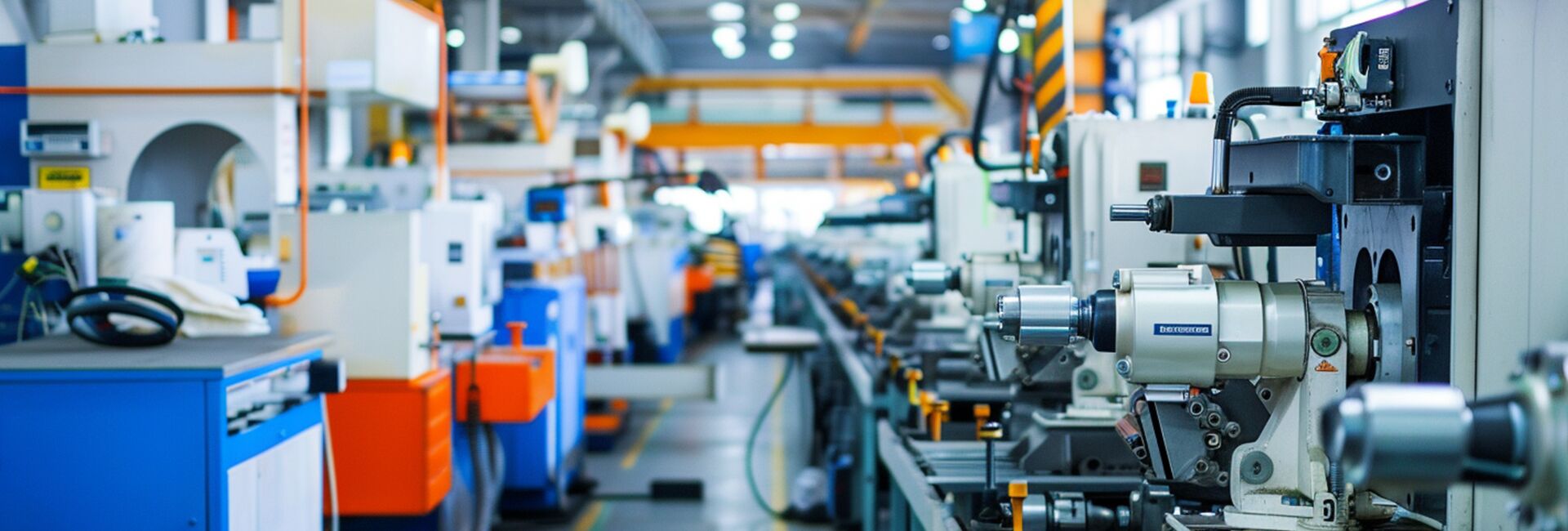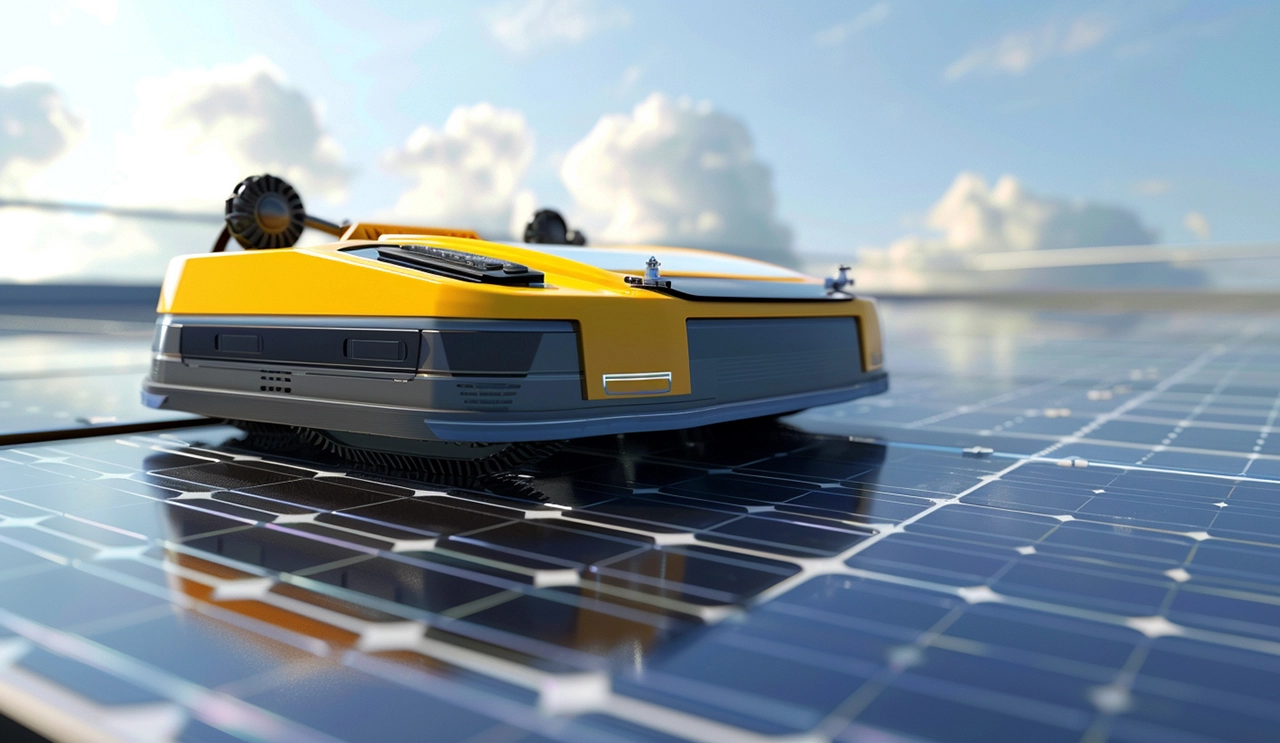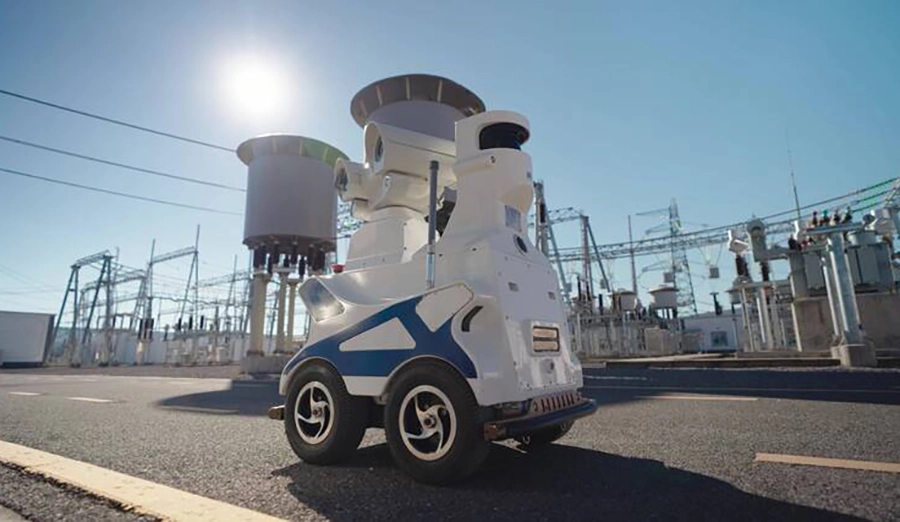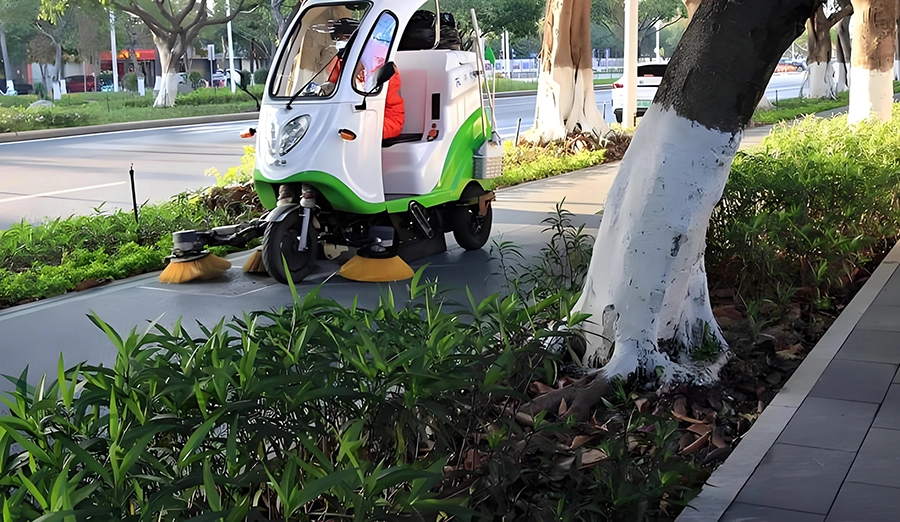
WIRELESS CHARGING IN THE NEWS
In high-voltage substations, urban pipe galleries and chemical industrial parks, rail-mounted inspection robots are like "intelligent guardians" in the steel veins, safeguarding the safety of energy lifeblood 24 hours a day. This type of robot performs tasks such as equipment temperature measurement and gas detection along fixed tracks, and its endurance is directly related to the continuity of inspection. Compared with the mobile charging requirements of AGVs, rail-mounted robots have higher demands for the accuracy of charging interfaces and environmental tolerance. Contact-type chargers, with their stable and efficient characteristics, have become an irreplaceable energy solution in this field.
Technology adaptation in essential scenarios
Contact chargers achieve physical connection through sliding contact lines, conductive rails or elastic brush structures, demonstrating unique advantages in the field of track robots. Take a ±800kV ultra-high voltage converter station of State Grid as an example. Its track robot needs to operate in a valve hall with a high temperature of 50℃ and a humidity of 90%. The charger adopts 316L stainless steel sliding contact tracks and silver-plated copper alloy brushes, combined with an IP67 protection design. Even in a salt spray corrosion environment, it can still maintain a contact resistance of ≤0.05Ω and a charging efficiency of 92%. In the underground coal mine roadway inspection scenario, the explosion-proof contact charging device deployed by Shanxi Yangquan Group ensures a constant contact pressure between the brush and the track through a spring compression mechanism, avoiding the risk of electric sparks in a methane environment. A single 10-minute charge can support the robot to complete an 8-kilometer roadway inspection.
The core breakthrough of engineering innovation
To address the special working conditions of rail-mounted robots, contact-type chargers have achieved three major advancements at the engineering level: First, adaptive compensation technology, such as the "dual redundant brush + pressure sensor" system developed by China Southern Power Grid, which can monitor brush wear in real time and automatically adjust contact pressure, extending the maintenance cycle from three months to one year. The second is modular design. The quick-release conductive rail developed by Shanghai Electric allows for the replacement of worn parts without stopping the machine, increasing the equipment availability rate to 99.3%. The third is intelligent management. The charging system of petrochina Changqing Oilfield integrates current monitoring and temperature feedback functions. When abnormal contact is detected, it can automatically switch to the backup charging section and trigger a warning, reducing the fault response time to 30 seconds.
Dual verification of economy and reliability
Compared with wireless charging solutions, contact chargers show significant cost advantages in orbital scenarios. Test data from a smart grid equipment enterprise in Suzhou shows that under the same power (3kW), the deployment cost of the contact charging system is only 1/5 of that of the wireless solution, and the energy consumption loss is reduced by 8%. In the tunnel inspection system of Hangzhou Metro Line 6, after 100,000 consecutive plugging and unplugging tests, the contact wear of the contact-type charger was only 0.12mm. Combined with the design of the automatic dust cleaning brush, the service life of the entire system exceeded 15 years. According to GGII statistics, the market size of contact charging for rail-mounted robots in China reached 780 million yuan in 2023, with a penetration rate as high as 89% in the power and rail transit sectors.
With the integration of new materials and intelligent control technology, the new generation of contact chargers is developing in the direction of "superconducting contact". The liquid metal brush developed by a laboratory in Nanjing takes advantage of the fluidity of gallium-based alloys at room temperature, reducing the contact resistance to 1/20 of that of traditional materials and achieving a charging efficiency of over 96%. This kind of innovation not only carries forward the reliability gene of contact charging, but also endows it with irreplaceability in extreme working conditions - when the demand for "absolute certainty" in industrial scenarios exceeds the yearning for "wireless freedom", contact chargers remain the most solid source of power for orbital robots.







